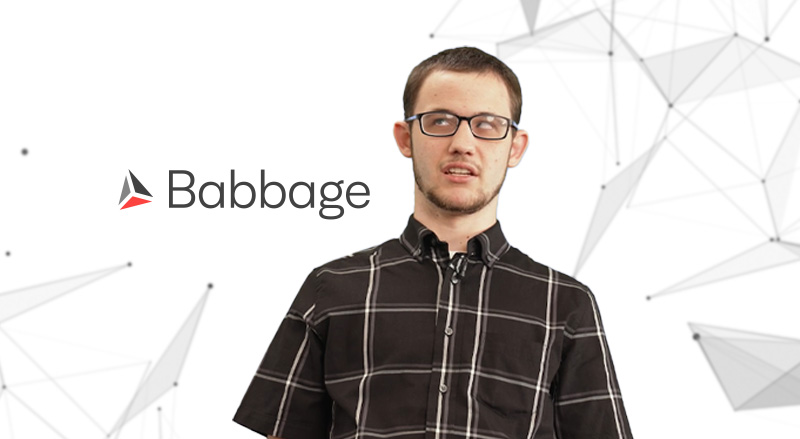As the BSV blockchain is set to take over the world, it has become increasingly important to have the right tools to build apps on-chain quickly and efficiently – enter Project Babbage.
Project Babbage is a collated set of standards that defines a new way for Internet services to give sovereignty and responsibility back to their users. Named after Charles Babbage, the creator of the first mechanical computer, Project Babbage uses the power of the BSV blockchain to lay the foundation for a new, better internet built around the concept of a blockchain-based Metanet.
‘Essentially, Project Babbage is a set of standards for a new way of building applications on the BSV blockchain,’ says Founder Ty Everett. ‘We facilitate interoperable implementations for wallets that enable micropayment-based interactions, including user identity management and micropayments.’
‘The pitch of Project Babbage for developers is that if you’re building an app on BSV, we’re going to make it ten times faster, and cheaper, and we’re going to reduce your time to market for whatever you’re building because we need to create an ecosystem of interoperable standards and interoperable systems that enable the next generation of technology.’
What makes the BSV blockchain uniquely suitable for Babbage
Everett also called for less competition in the space and more collaboration – with a specific focus on what makes the BSV blockchain unique.
‘We need to start building on top, and we need to start focusing on what makes this technology valuable. Things like micropayments, things like making sure that when users interact with one another, their data is encrypted and kept private‘, he said.
‘And also when users establish connectivity with one another, they can verify the integrity of the communications they have across different applications.’
Users are placed at the centre
Everett explains that Project Babbage is designed to reorient the development process for applications such that users are put at the centre.
‘How it does this is by defining open standards between identity providers, wallets and infrastructure on one side of the equation, and then the apps and services that users use every day on the other side’, he said.
‘And essentially the idea is we can define a layer of technology, on top of which there are micropayments that facilitate user-to-user engagement and put the user at the centre of the equation.’
The current Internet makes users the product
‘The blockchain provides a great opportunity for increased privacy within applications. The way that this happens is that you need to have a set of keys to interact with BSV for things like unlocking tokens that you’re using within your various applications and services. And so because users have keys, they already can exchange encrypted data’, Everett explained.
He added that on the current Internet, users are the product. ‘This is because when you go to a website, you have to log in to that website. You have to create an account. You have to submit your information to them. And then they essentially have access to everything you share’, he said.
But applications should merely be facilitators of the will of the users, and the BSV blockchain and project Babage help enable this, he said.
‘When I use an application, I’m trying to use a tool that allows me to achieve a certain benefit. That benefit is defined in terms of the people I’m talking with, and the interactions that are being facilitated. So we are creating a platform that facilitates these interactions and enables users to be in control of their keys, enables applications to put users at the centre and put users in control of their identities.’
Everett expects this ‘status quo’ on the Internet to change in the coming years as people realise how much data they are giving up. ‘At the beginning, we were sold a vision in the late 1990s. A future where you could interact seamlessly, learn things, and engage authentically.
‘I think that vision was warped for a while because a few people decided to create systems of control that would subjugate and oppress the people that were trying to serve the people that we built the Internet for, to begin with. Every individual can learn and grow and to become more of who they want to be and to interact with others and share what they truly believe.’
